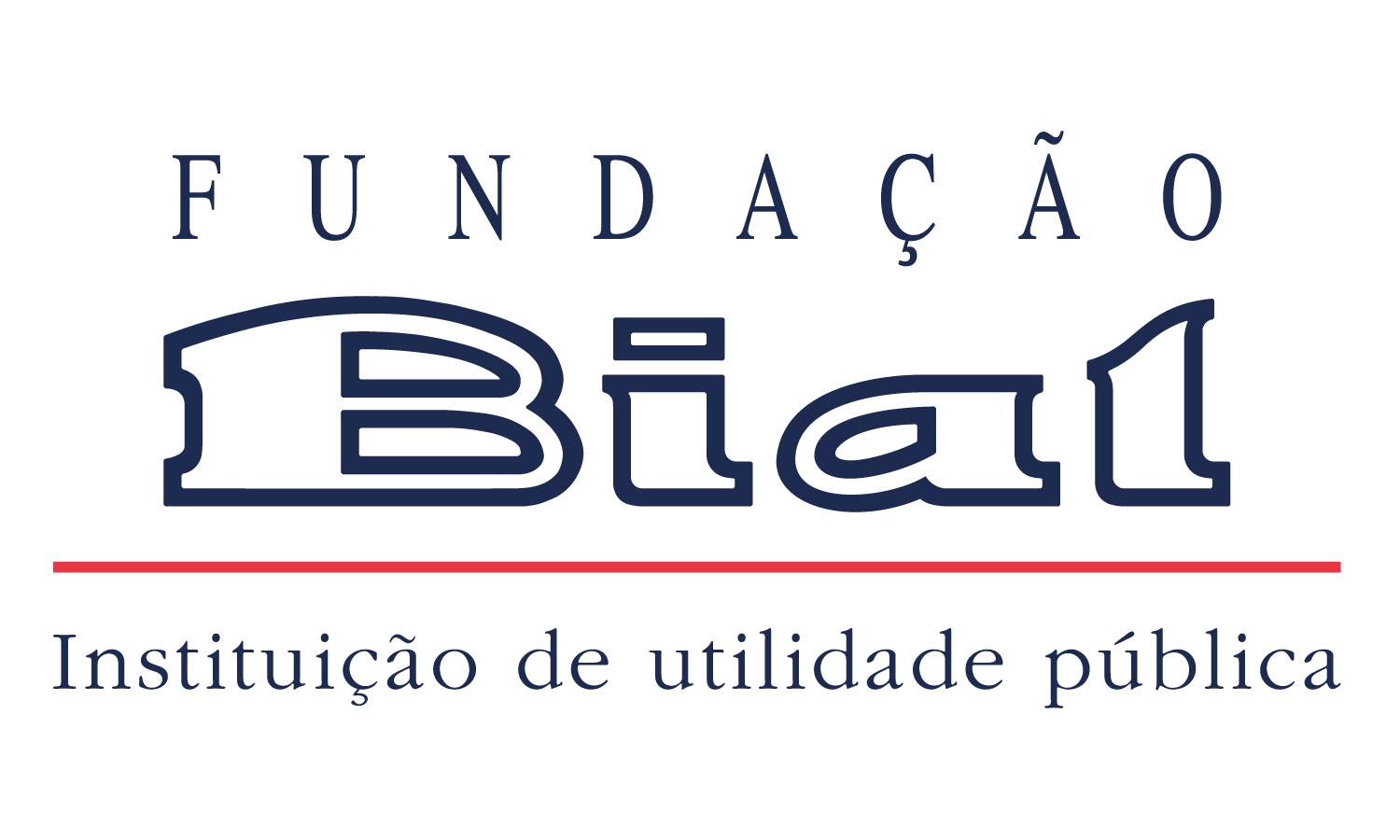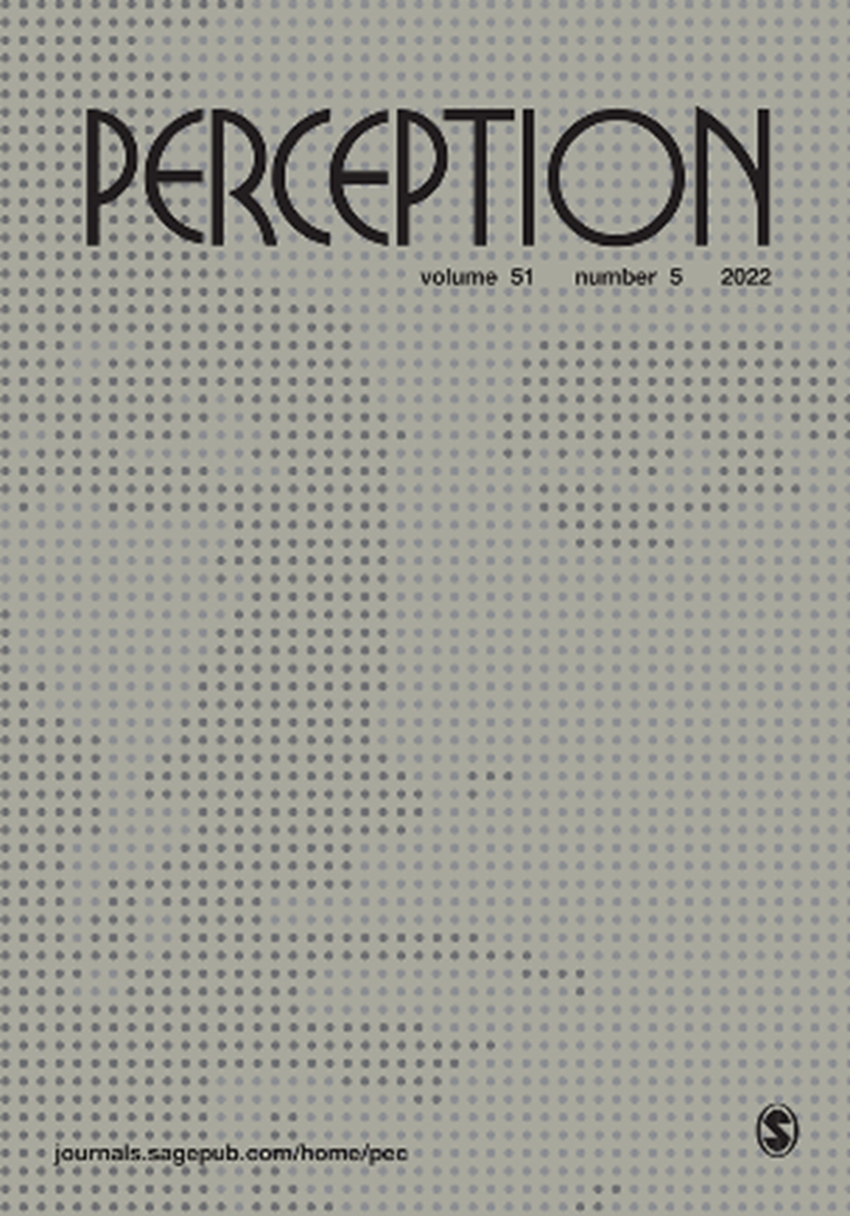Nicholas Furl, apoiado pela Fundação BIAL no âmbito do projeto 27/16 – How do brains enconde the distinctive movements of facial expressions, demonstrou os efeitos das caricaturas espaciais na perceção da dissemelhança de diferentes expressões faciais. O artigo que detalha estes resultados “Caricatured facial movements enhance perception of emotional facial expressions” foi publicado na revista científica Perception.
Abstract
“Although faces “in the wild” constantly undergo complicated movements, humans adeptly perceive facial identity and expression. Previous studies, focusing mainly on identity, used photographic caricature to show that distinctive form increases perceived dissimilarity. We tested whether distinctive facial movements showed similar effects, and we focussed on both perception of expression and identity. We caricatured the movements of an animated computer head, using physical motion metrics extracted from videos. We verified that these “ground truth” metrics showed the expected effects: Caricature increased physical dissimilarity between faces differing in expression and those differing in identity. Like the ground truth dissimilarity, participants’ dissimilarity perception was increased by caricature when faces differed in expression. We found these perceived dissimilarities to reflect the “representational geometry” of the ground truth. However, neither of these findings held for faces differing in identity. These findings replicated across two paradigms: pairwise ratings and multiarrangement. In a final study, motion caricature did not improve recognition memory for identity, whether manipulated at study or test. We report several forms of converging evidence for spatiotemporal caricature effects on dissimilarity perception of different expressions. However, more work needs to be done to discover what identity-specific movements can enhance face identification.”

































































































